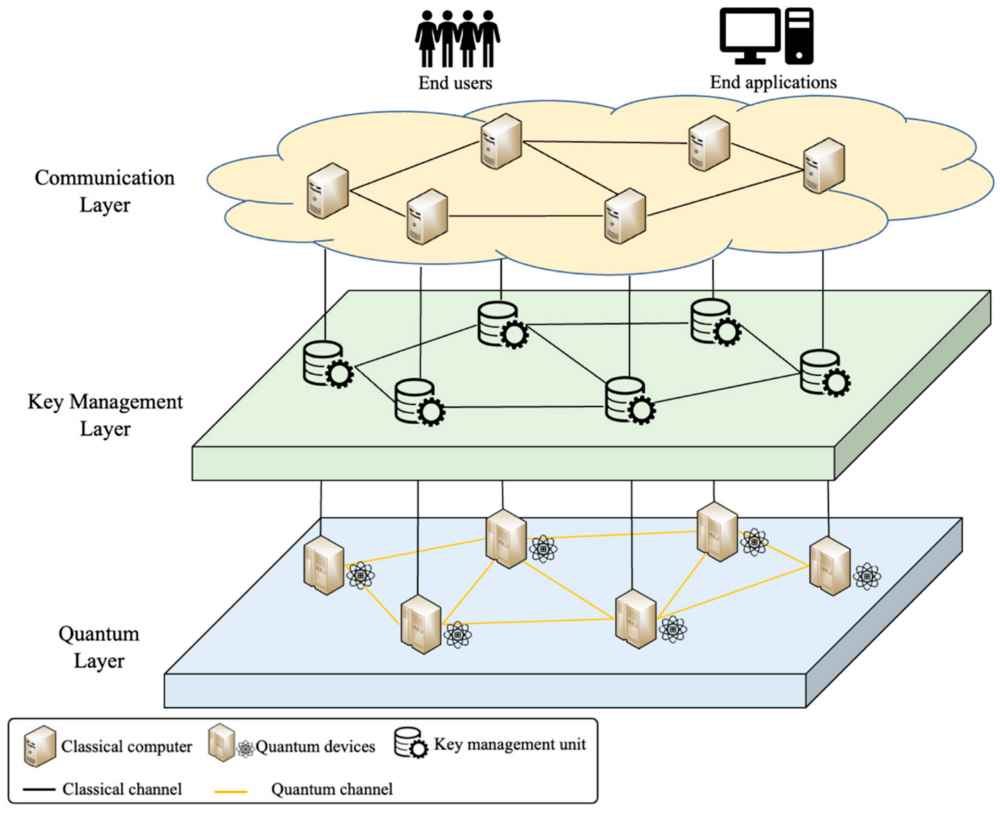In an era where cybersecurity threats loom large and data breaches pose significant risks to individuals, organizations, and governments alike, the quest for robust encryption technologies has never been more critical. Amidst this backdrop, researchers at the Department of Energy’s Oak Ridge National Laboratory ORNL have achieved a groundbreaking milestone in the realm of cybersecurity: the successful demonstration of quantum key distribution QKD in a deployed fiber link.
Published in CLEO 2023, the results of this pioneering experiment validate an earlier proof-of-principle laboratory endeavor by ORNL scientists in 2015. The essence of quantum key distribution lies in its ability to facilitate the secure sharing of cryptographic keys between two parties, commonly referred to as Alice and Bob. Unlike traditional encryption methods, which rely on mathematical algorithms vulnerable to advancements in computing power, QKD leverages the principles of quantum mechanics to establish inherently secure communication channels.
At the heart of ORNL’s achievement lies the utilization of a true local oscillator—a pivotal component that mitigates the detrimental effects of noise inherent in fiber-optic networks. By employing continuous variables to encode quantum signals transmitted across the fiber link, the researchers harnessed the properties of light particles, or photons, in amplitude and phase. This approach not only ensures a high level of randomness essential for robust encryption but also facilitates seamless integration with existing classical communication systems.
Central to the success of the experiment was the resolution of significant roadblocks that had hindered the widespread adoption of QKD. Unlike previous methods that relied on optical pulses transmitted alongside the local oscillator, the novel approach embraced by ORNL leverages independent lasers at the transmitting and receiving points. This innovative strategy not only enhances security but also leverages existing fiber-optic infrastructure, thereby enabling cost-effective deployment on a larger scale.
“We’re looking at interference,” explains Brian Williams, lead author of the study and an ORNL quantum research scientist. “It’s like throwing a rock into a lake and creating ripples. That’s similar to the wavelike nature of a photon that we are looking at. If two rocks are thrown in, they create weird patterns in the water. We’re doing a similar interference-based measurement on that quantum signal, but only the part that matches up with the laser gets detected.”
By harnessing the narrow energy resolution of a laser as the local oscillator, the researchers effectively filter out background noise, thereby improving the signal-to-noise ratio—a critical factor in maximizing the rate of key distribution. This advancement holds immense promise for bolstering cybersecurity measures across various sectors, ranging from finance and healthcare to national defense.
future efforts will focus on reproducing the experiment’s results under a broader range of network scenarios, paving the way for the practical implementation of QKD on a global scale. As the digital landscape continues to evolve, the quest for robust encryption technologies remains paramount, and the strides made by ORNL researchers underscore the transformative potential of quantum-based cybersecurity in safeguarding sensitive information in an increasingly interconnected world.
